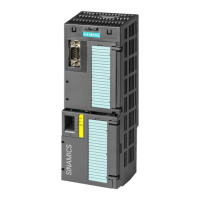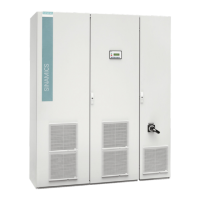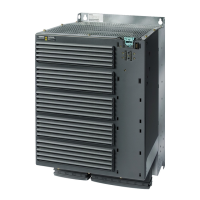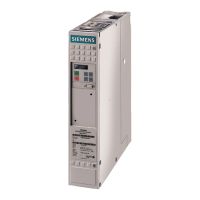Setting functions
8.7 Application-specific functions
Inverter with CU230P-2 Control Units
274 Operating Instructions, 11/2013, FW V4.6.6, A5E02430659B AG
For certain drive applications, the motor can operate in the regenerative mode for longer
periods of time, e.g.:
● Centrifuges
● Hoisting gear and cranes
● Conveyor belts with downward movement of load (vertical or inclined conveyors)
The inverter offers the following options to convert the regenerative power of the motor into
heat or to feed it back into the line: This depends on the Power Module used:
● DC braking (Page 275
)
for Power Modules
PM230, PM240, PM250, PM260
and
● Compound braking (Page 278)
for Power Module
● Dynamic braking (Page 280)
for Power Modules
and
● Braking with regenerative feedback to the line (Page 283)
for Power Modules
and
A comparison with the main features of the individual braking functions is listed in the
following paragraphs.
The inverter converts the regenerative power into
heat using a braking resistor.
Advantages:
defined braking characteristics;
no additional motor temperature increase;
constant braking torque; in principle, also
functions when the power fails
Disadvantages:
braking resistor required;
regenerative power is dissipated as heat
Braking with regenerative feedback into the line
supply
The inverter feeds the regenerative p
ower back
Advantages:
Constant braking torque; the
regenerative power is not converted into heat,
but regenerated into the line supply; can be
used in all applications; continuous
regenerative operation is possible - e.g. when
lowering a suspended load
Disadvantage:
Does not function when power
fails

